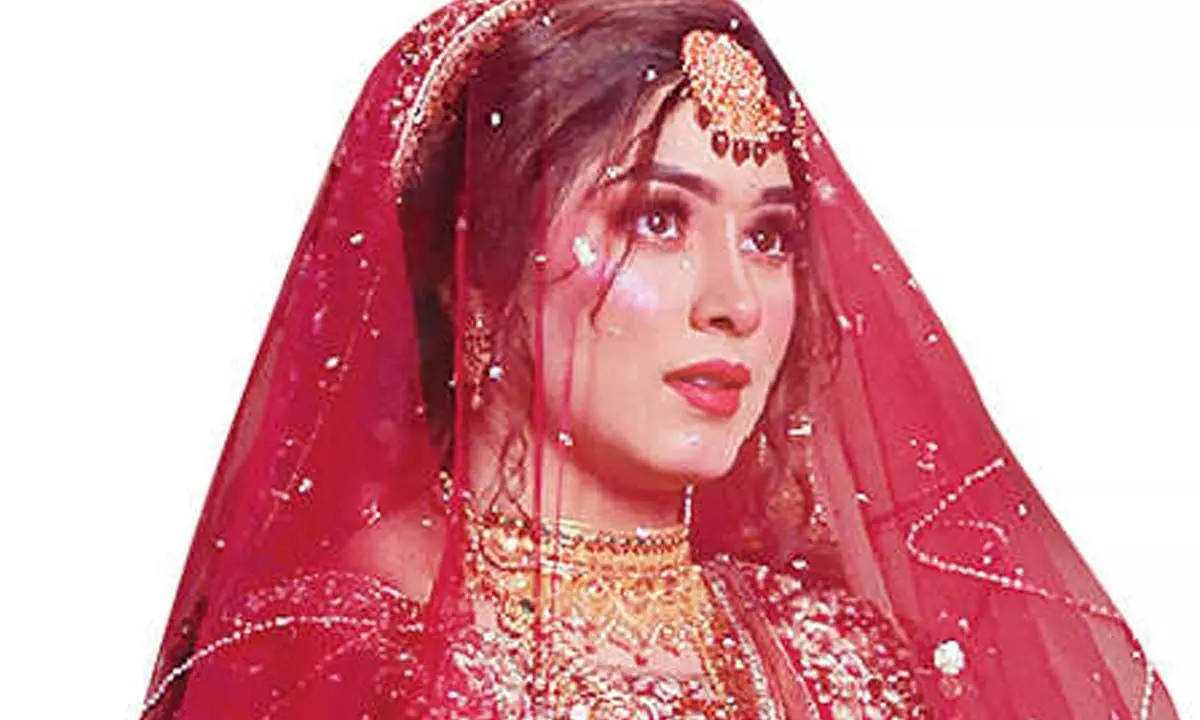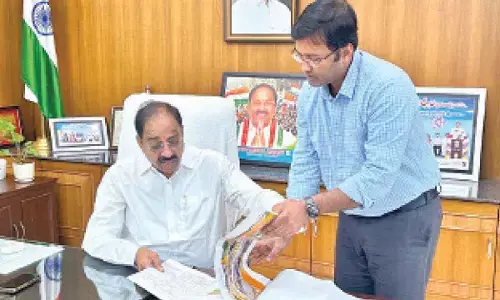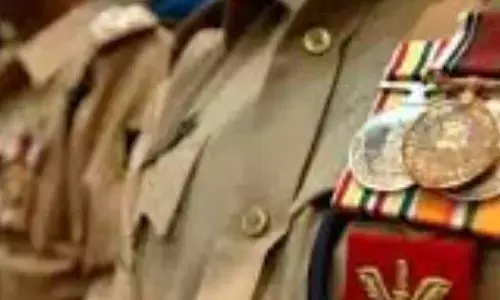The elegance of Hyderabadi khada dupatta: A timeless tradition

The Hyderabadi khada dupatta is more than just a piece of clothing; it is a symbol of the city’s rich cultural heritage, sophistication, and timeless traditions. Originating from Hyderabad, India, this distinctive style of draping the dupatta is renowned for its luxurious fabrics, intricate embroidery, and elegant draping technique.
The Hyderabadi khada dupatta is more than just a piece of clothing; it is a symbol of the city’s rich cultural heritage, sophistication, and timeless traditions. Originating from Hyderabad, India, this distinctive style of draping the dupatta is renowned for its luxurious fabrics, intricate embroidery, and elegant draping technique.
Historical Significance
Hyderabad, a city known for its history of Nizams and royal splendor, has always been a melting pot of cultures and traditions. The khada dupatta traces its roots back to the Mughal era, when it was worn by the aristocratic women of the Nizam’s court. This elaborate style of draping became a hallmark of elegance and nobility, passed down through generations.
The term “khada” means “standing” in Urdu, which aptly describes the way the dupatta is draped – standing upright over the shoulders and head, creating a regal and poised appearance. Traditionally, it is paired with a matching salwar kameez or ghagra choli, enhancing the overall look with its grandeur.
Fabric and Craftsmanship
One of the most striking features of the Hyderabadi khada dupatta is the choice of fabric. Typically made from luxurious materials like silk, chiffon, or georgette, the fabric itself exudes opulence. These fabrics are chosen not only for their rich texture but also for their ability to hold the intricate embroidery and zari work that adorns them.
The embroidery on a khada dupatta is nothing short of artwork. Skilled artisans spend countless hours crafting elaborate designs using gold and silver threads, beads, sequins, and pearls. The motifs often include floral patterns, paisleys, and intricate geometrical shapes, reflecting the rich artistic heritage of Hyderabad. Zari work, a type of embroidery that uses metallic threads, is particularly prominent, adding a shimmering quality to the fabric that catches the light beautifully.
The Art of Draping
The true essence of the Hyderabadi khada dupatta lies in its draping style. Unlike the more common ways of wearing a dupatta, the khada dupatta is draped in a way that covers the head and both shoulders, falling gracefully down the back. The ends of the dupatta are brought to the front and either tucked into the waistband or left to hang loosely.
This draping style requires precision and practice. It is often secured with pins to ensure that it stays in place throughout the day. The result is an elegant and poised appearance that is both traditional and sophisticated. The khada dupatta is often worn during special occasions such as weddings, festivals, and other cultural events, making it a cherished part of Hyderabadi women’s attire.
Cultural Significance
Wearing the khada dupatta is more than a fashion statement; it is a celebration of Hyderabadi culture and heritage. It embodies the city’s historical opulence and the refined tastes of its people. For many women, wearing a khada dupatta is a way to connect with their roots and honor their cultural traditions.The khada dupatta also plays a significant role in wedding ceremonies. Brides often choose this style to add a touch of royal elegance to their bridal attire. The intricate designs and luxurious fabrics make it a perfect choice for such auspicious occasions, ensuring that the bride looks every bit like royalty on her special day.
Modern Adaptations
While the traditional khada dupatta remains a beloved choice, modern adaptations have also emerged. Contemporary designers have experimented with lighter fabrics, simplified embroidery, and innovative draping techniques to make the khada dupatta more accessible and versatile. These modern versions retain the essence of the traditional style while catering to the tastes and preferences of today’s fashion-conscious women.
Hyderabadi khada dupatta is a timeless tradition that continues to enchant with its elegance and sophistication. It is a testament to the city’s rich cultural heritage and artistic craftsmanship. Whether worn traditionally or in a modern adaptation, the khada dupatta remains a symbol of grace, beauty, and Hyderabadi pride.














